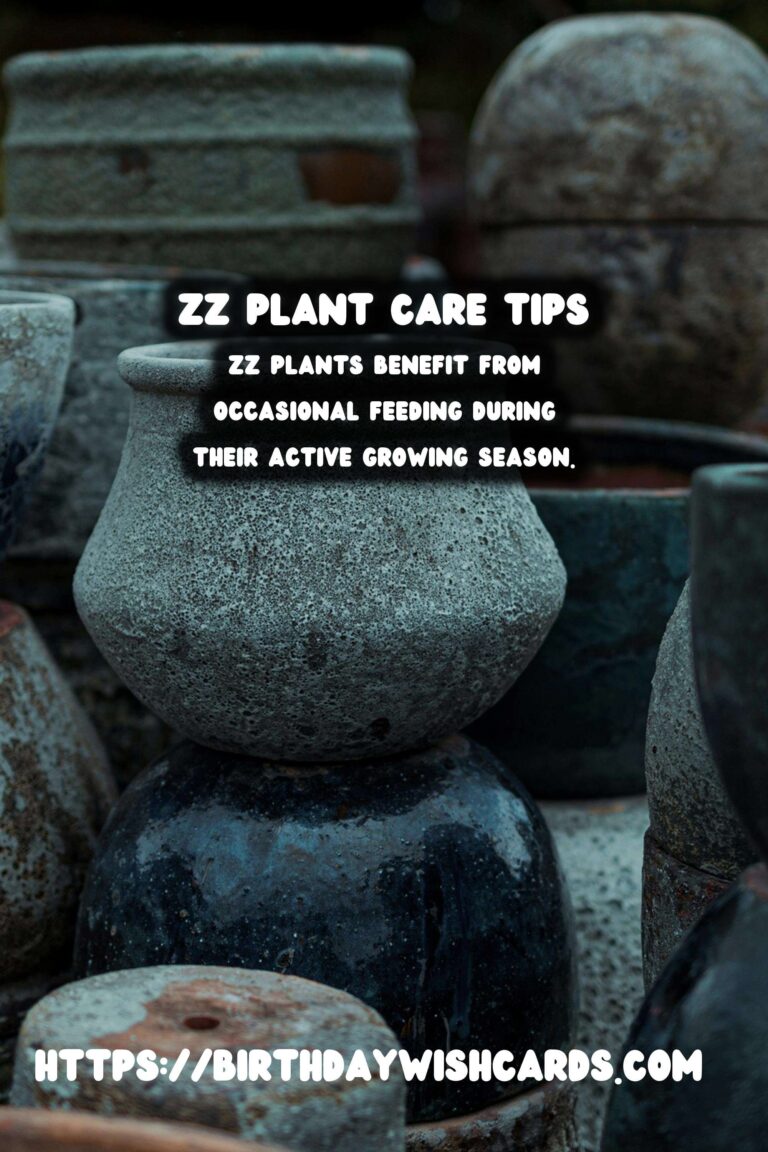
ZZ plants, or Zamioculcas zamiifolia, are popular houseplants known for their low maintenance and resilience. However, to ensure they thrive, proper care and fertilization are essential. Understanding when and how to fertilize your ZZ plant can make a significant difference in its growth and health.
Understanding the ZZ Plant’s Needs
The ZZ plant is native to Eastern Africa and is accustomed to thriving in various conditions. It is drought-tolerant and can survive in low-light environments, making it an ideal plant for beginners. Despite its hardy nature, the ZZ plant does benefit from occasional feeding.
When to Fertilize Your ZZ Plant
The best time to fertilize your ZZ plant is during its active growing season, which occurs in the spring and summer. During these months, the plant is actively absorbing nutrients and using them to fuel growth. Fertilizing in the winter, when the plant’s growth naturally slows, is generally unnecessary and can even be harmful.
As a general rule, fertilize your ZZ plant once a month during the growing season. Use a balanced, water-soluble fertilizer to provide the essential nutrients without overwhelming the plant.
Choosing the Right Fertilizer
When selecting a fertilizer for your ZZ plant, opt for a balanced formula, such as a 20-20-20 mix. This type of fertilizer provides equal parts nitrogen, phosphorus, and potassium, which are vital for plant health. Dilute the fertilizer to half the recommended strength to prevent nutrient burn and to accommodate the plant’s relatively low nutrient needs.
Signs of Over-Fertilization
ZZ plants are hardy, but they can suffer from over-fertilization. Common signs of over-fertilization include yellowing leaves, brown leaf tips, and a white crust on the soil’s surface. If you notice these symptoms, flush the soil with water to remove excess fertilizer and refrain from feeding the plant for a few months.
Additional Care Tips for ZZ Plants
Besides fertilization, ZZ plants require minimal care. Ensure they have well-draining soil and only water them when the top inch of the soil feels dry. Overwatering is a more common issue than under-watering and can lead to root rot. Additionally, avoid placing your ZZ plant in direct sunlight, as it can scorch the leaves. Indirect light or low-light conditions are ideal.
Conclusion
Caring for your ZZ plant involves understanding its basic needs and providing appropriate fertilization during the growing season. By following these guidelines, you’ll ensure your ZZ plant remains healthy and continues to enhance your indoor space with its lush, green foliage.
ZZ plants benefit from occasional feeding during their active growing season. The best time to fertilize your ZZ plant is in the spring and summer. Use a balanced, water-soluble fertilizer diluted to half strength. Signs of over-fertilization include yellowing leaves and brown tips. ZZ plants require well-draining soil and indirect light.
#ZZPlantCare #Houseplants #Fertilization #GardeningTips

